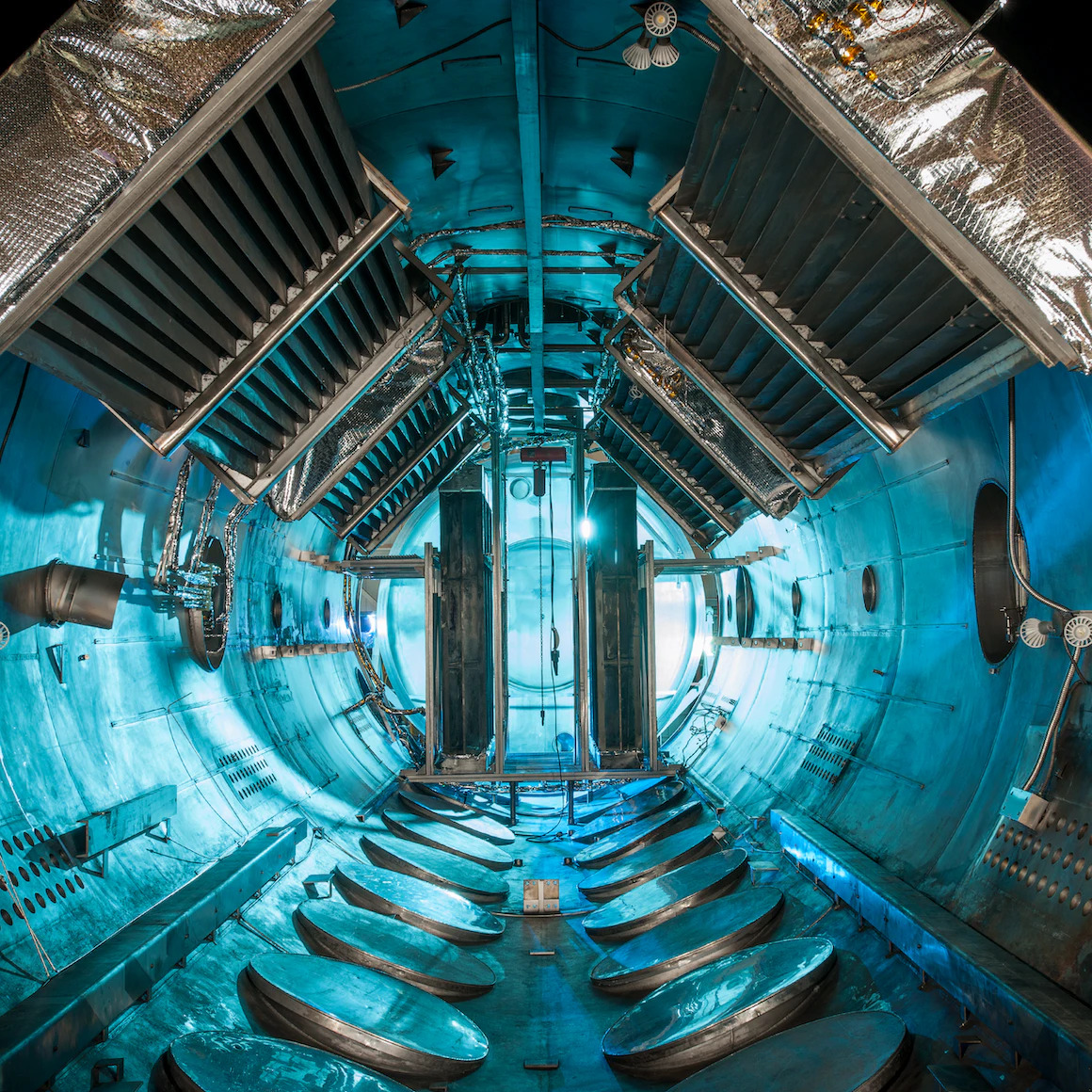Diving Deep: Underwater Cooling Computer Hardware
As computing demands soar and processors become increasingly powerful, efficient cooling solutions are more critical than ever. Traditional air and liquid cooling systems have reached their practical limits in many scenarios, prompting researchers and engineers to explore innovative alternatives. One such frontier is underwater—or more precisely, submerged—cooling for computer hardware. This cutting-edge approach is redefining thermal management in data centers and high-performance computing systems.
What Is Underwater Cooling?
Underwater cooling, often referred to as submersion or immersion cooling, involves placing computer hardware directly into a thermally conductive, electrically non-conductive liquid. Unlike conventional cooling methods that rely on air circulation or water blocks attached to components, immersion cooling fully envelops the hardware, allowing for efficient and uniform heat dissipation.
It's important to note that this isn’t simply dunking electronics into water. Specialized fluids—such as dielectric oils or engineered fluorocarbons—are used to prevent short-circuiting while enabling maximum heat transfer.
How It Works
In a typical immersion cooling setup, server components are mounted in tanks filled with dielectric fluid. As the hardware operates and generates heat, the fluid absorbs the heat directly from the surfaces. Depending on the system design, the fluid can be either single-phase (stays liquid) or two-phase (evaporates into gas and then condenses back into liquid).
Pumps and heat exchangers are often used to cycle the warm liquid and maintain optimal operating temperatures. In some systems, the heat can even be reused—for example, to warm buildings—adding an eco-friendly dimension to the technology.
The Advantages of Submersion Cooling
Underwater cooling offers a variety of significant advantages over traditional methods:
- Superior Heat Transfer: Liquids conduct heat much more efficiently than air, leading to more stable temperatures and improved performance.
- Reduced Energy Use: Immersion cooling can dramatically cut down on the energy required for cooling infrastructure, such as air conditioners and fans.
- Noise Reduction: Without the need for mechanical fans, systems run nearly silently—ideal for noise-sensitive environments.
- Hardware Longevity: Stable, low operating temperatures and minimal exposure to dust or vibration extend component life.
- Density Optimization: Compact tank designs allow more computing power to fit in smaller spaces, maximizing physical footprint efficiency.
Real-World Applications and Use Cases
Major tech players and data centers are already deploying immersion cooling in production environments. Microsoft’s Project Natick explored placing entire data centers on the ocean floor, leveraging the naturally cool underwater environment to reduce energy use and increase reliability. The project demonstrated that underwater environments could significantly improve hardware durability and performance.
Similarly, companies like Submer, GRC, and Asperitas offer commercial immersion cooling solutions tailored to enterprise and hyperscale computing needs. Cryptocurrency mining farms, which require extreme processing power and generate vast amounts of heat, are also early adopters of this technology.
Challenges and Considerations
Despite its advantages, underwater cooling presents some challenges. The initial investment for immersion cooling infrastructure can be higher than traditional air cooling setups. Specialized tanks, fluids, and safety protocols are required, especially in two-phase systems where fluid evaporation and condensation must be precisely managed.
There’s also the issue of maintenance. While components last longer, any required servicing means removing hardware from the liquid, drying it, and potentially replacing fluid over time. Ensuring the compatibility of all materials with the chosen dielectric fluid is critical to avoid long-term degradation.
Environmental Impact and Sustainability
One of the most promising aspects of immersion cooling is its sustainability potential. By significantly reducing reliance on energy-intensive HVAC systems, data centers can lower their carbon footprint. Additionally, the captured waste heat can be redirected for secondary uses, such as district heating or agricultural greenhouses, making immersion cooling a strong candidate for green computing initiatives.
Many of the fluids used are also recyclable, though care must be taken to prevent environmental contamination. Research continues into biodegradable and eco-safe alternatives to improve the lifecycle sustainability of the technology.
The Future of Underwater Cooling
As demand for computing power grows exponentially—fueled by AI, cloud services, and big data—innovative cooling technologies like immersion are poised to become mainstream. Modular immersion units are being designed to integrate seamlessly with existing data center infrastructure, making adoption more accessible than ever before.
Furthermore, advancements in fluid chemistry, compact tank design, and automation are making the systems more affordable and easier to maintain. As these technologies mature, underwater cooling may well become the standard in high-performance and mission-critical computing environments.
Beyond Data Centers: Potential for Consumer Hardware?
While immersion cooling is currently confined to industrial and enterprise settings, there is growing interest in adapting the technology for consumer and enthusiast PC builds. Gamers and overclockers, always eager for cutting-edge performance, may someday benefit from desktop immersion systems—if costs and practicalities can be resolved.
Prototype DIY systems already exist in the modding community, though they require significant technical know-how. As commercial solutions become smaller and safer, it’s possible that consumer-level immersion cooling could become viable in the future.
Conclusion: A Cool Revolution
Underwater cooling represents a bold step forward in the quest for efficient, sustainable computing. By immersing hardware in engineered fluids, we not only push the boundaries of thermal performance but also open new doors for innovation across industries. Whether in underwater data centers or futuristic desktop rigs, immersion cooling is diving deep—and it’s bringing the future of computing with it.
